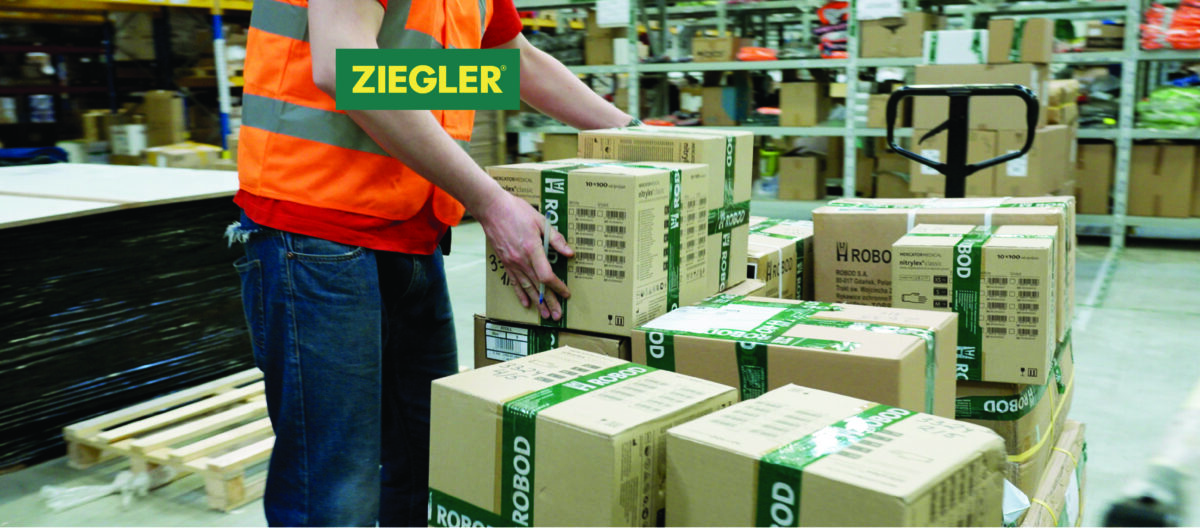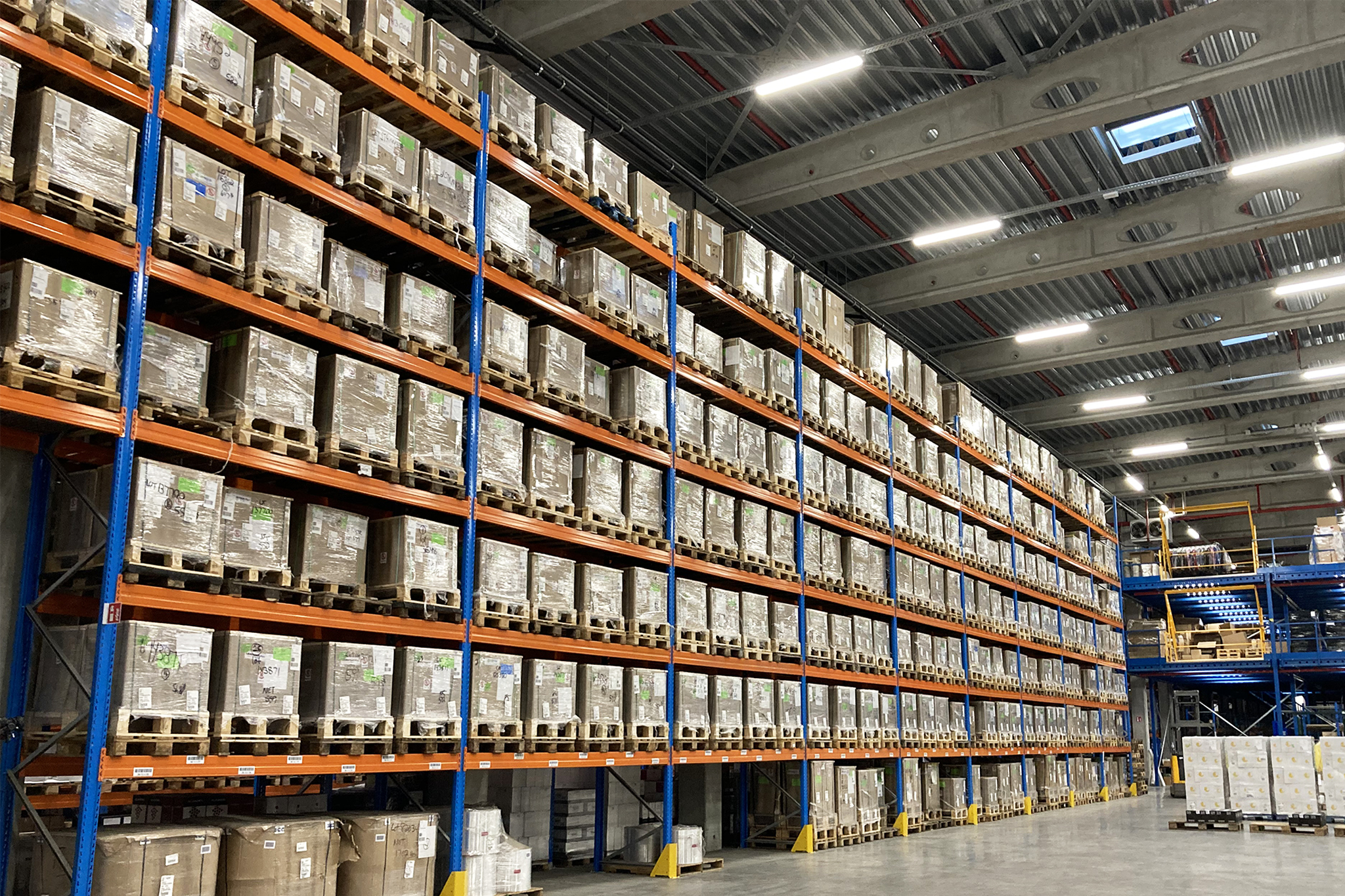
Groupage transport, simply known as groupage, defines a special type of transport consisting in grouping together goods dispatched by several different companies into a same load. In international trade, the abbreviation LTT (Less Than Truckload) is frequently used, referring to groupage transport. “Consolidation” is another term used.
In practice, groupage transport comes into play when a company wishing to dispatch goods does not have a large enough volume to fill a truck, container, etc. For those companies, transporters specialised in groupage can offer to share any space remaining in their truck between several senders.
For companies resorting to this type of transport to dispatch their goods, groupage offers several advantages. It enables them to save money on transport. By opting for groupage transport, the company shares all transport costs with the other senders. It no longer has to pay all the delivery fees, as its merchandise only occupies part of the space available in the truck. Groupage offers companies an easier option for sending their merchandise to different destinations, without having to worry about the volume of goods dedicated to each destination. Groupage transport improves service quality for companies, as they benefit from numerous services via their providers (such as a wider variety of itineraries).
This being said, groupage transport requires more flexibility from senders regarding the products’ loading and delivery times. The transporter must first run a pick-up route to collect all the goods before delivering them all, whereas full-truck transport would simply consist in shipping one type of merchandise from a point A to a point B.
In the world of product shipment, groupage positions itself halfway between standard delivery services (a solution often too expensive or poorly-suited to the dispatched goods’ features) and more standard full truck load transport.

Groupage transport is particularly recommended for dispatching goods when:
A company specialised in the manufacture of carpet rugs wishes to export its production to several countries. It can thus choose between several transport options – that are more or less expensive. To avoid major transport expenses, the company’s best option would be not to pay transport “for nothing” (with part of the load empty). When the volume it wishes to send out is smaller than the total loading volume available in a means of transport, it can turn to groupage.
To do so, the company must follow several set stages:
As for the transporter, it will make sure to group together shipments to joint destinations, whilst optimizing the space available in the truck. It will then provide the company in question with the goods’ loading and delivery dates.

An ETSF is an external temporary storage facility. ETSF’s are often located further inland away from the port or frontier. RoRo (Roll-on Roll-off) or groupage traffic can exit the port quickly and the customs declarations can be conducted at the ETSF avoiding unnecessary delays.
When off loading an ETSF trailer it is placed 3ft from the bay where full trailer and seal checks are performed. If the load after the GMR check places the trailer on ‘Customs Hold’ our onsite Customs are informed of this update. The warehouse will wait until customs confirm it is ok to proceed with unloading the trailer.
The trailer/ goods are treated with the same process as above but difference on these labels are will be a UCN number on the label which will be unique solely to that pallet. There can never be a non-labelled pallet in the ETSF area as this breaks customs rule.
In some instances there can be a short break where a pallet(s) will be placed in the stow unlabelled due to the quantity of that stock on the trailer. For example, if a stock line has 500 cartons on the loads it would produce 500 labels. The operator will therefore wait for the warehouse to advise how many pallets the 500 cartons we’re placed on and then complete the labels accordingly. All of these labels will have the same UCN number.
Once the warehouse completed the emptying of the trailer, all checked and labelled. Goods are placed into a stow in the ETSF area and recorded.
Many operators are choosing to move clearances away from the border to their own inland facilities – an ETSF (external temporary storage facility). The approval process for these sites requires an Inventory System to be in place. The Pentant ETSF system is uniquely truck-based, and a good fit for these operators.